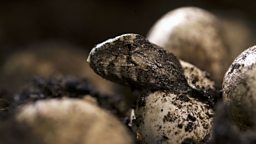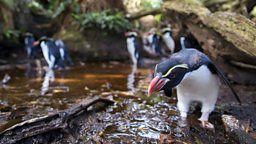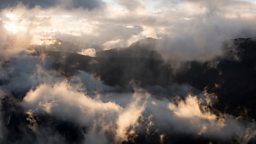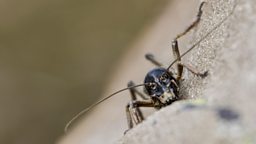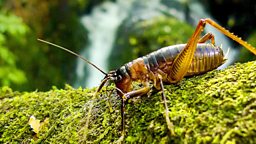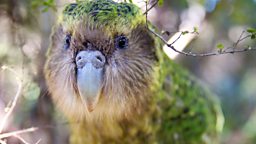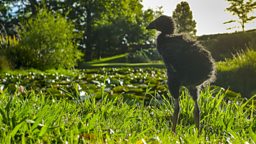The ghosts of lost giants
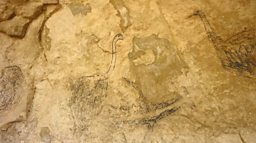
Despite the change brought by mammals, New Zealand remains a world apart, a truly awe-inspiring wilderness at the end of the Earth. Even so, nothing moved me as much as seeing a glimpse into it’s past. Tom and I arrived in the Craigmore valley on the South Island in the cold of the early morning, when a thick mist hung in the air and concealed the landscape.
Those pictures are the only undisputed record of these living, breathing giants drawn by the people who actually saw them.
Our brilliant guides led us up the steep valley wall as the mist started to evaporate, revealing huge limestone pillars, escarpments and cliffs. Under one such cliff, a small overhang conceals and protects a priceless record of New Zealand’s history; pictures of moa, extraordinary giant birds, related to the familiar kiwi but hundreds of times their size, drawn by Maori eyewitnesses. These were some of the largest birds that have ever lived, they roamed New Zealand and were still here in their hundreds of thousands when people arrived. Those pictures are the only undisputed record of these living, breathing giants drawn by the people who actually saw them. It was genuinely moving to see them, a message straight from the past.
But there’s more… less than a mile away, in another, bigger overhang, is another charcoal image of what is probably the moa’s giant predator. The Haast eagle, the largest that has ever lived was big and powerful enough to bring down prey 11ft tall, like the huge upland moa. Sadly, these amazing giants would not survive their encounter with humankind. But the remarkable pictures, now fading into obscurity after centuries of New Zealand’s maritime weather, serve to remind what an extraordinary place New Zealand really is. A fence of chain link protects the pictures from vandalism and rock falls, so they might survive just a few more years yet.

